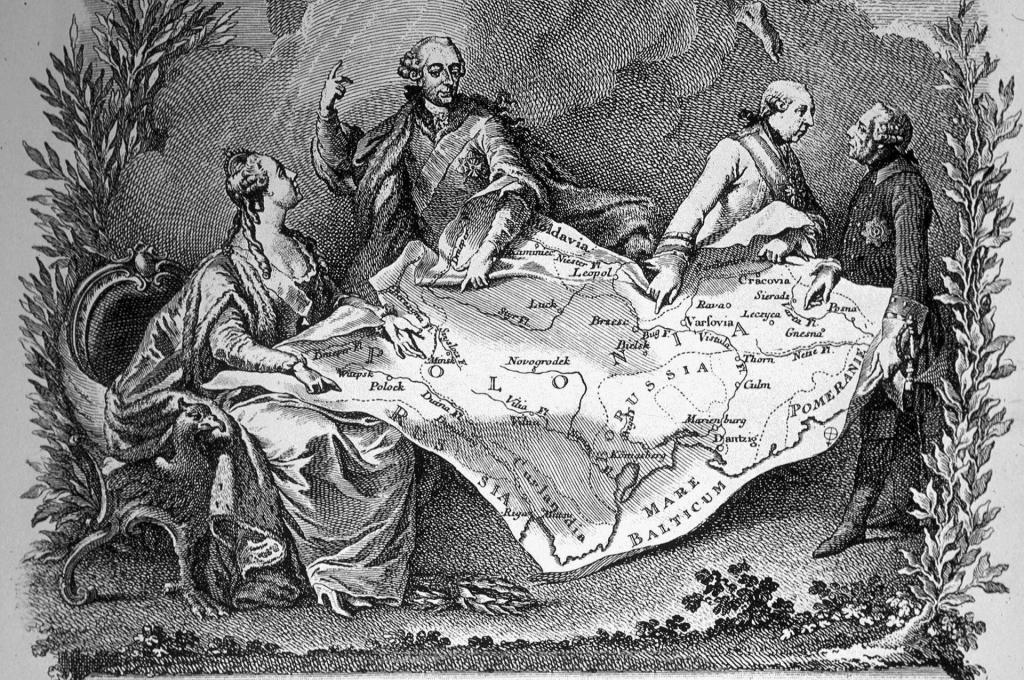In 1775, several significant events took place in the history of Russia, and all of them were somehow connected with the end of the Peasant War led by Cossack Emelyan Pugachev, who impersonated Tsar Peter III. We will talk more about that time in this article.
The suppression of the Pugachev rebellion
In 1775, the bloody Peasant War ended, which began two years earlier. She swept through the lands of the Urals, Trans-Urals, as well as the Lower and Middle Volga. The uprising led the Cossack Emelyan Pugachev. Together with his associates Ivan Zarubin (Chika), Ivan Beloborodov, Maxim Shigaev, Afanasy Sokolov (Khlopushey) and others, he managed to convince not only the Yaitsky Cossacks and serfs, but also the working people of almost all the Ural factories, as well as the population Volga region, most of which were Bashkirs, Kalmyks and Kazakhs.
The leader Emelyan Pugachev and his associates promised the people to give eternal freedom, eliminate serfdom, while distributing land to everyone and calling for the destruction of the landowners, tsarist officials and nobles. However, the Peasant War ended in the defeat of the rebels, and its leader was betrayed by his own comrades and taken prisoner. He was taken to Moscow, where he was sentenced.
Execution of Emelyan Pugachev
The date January 21 (10), 1775 in the history of Russia is the day when the leader of the peasant movement Emelyan Pugachev was executed. This happened on Bolotnaya Square with a large crowd of people. There were so many people that the scaffold had to be cordoned off by police units, to the aid of which several infantry regiments were called. Pugachev was beheaded, quartered, and then his remains were burned along with the scaffold and sled, on which he was brought to the place of execution.
Renaming of the Yaitsky town to the city of Uralsk
It is believed that this settlement was officially founded in 1613. Although it arose three decades earlier, namely in 1584, between the two rivers Chagan and Yaik (Ural). It was inhabited by Cossacks, who accepted Russian citizenship in 1591, but before Peter I came to power, they had virtually complete autonomy. In 1773-1775, they became the first to take part in the rebellion, the instigator of which is considered Emelyan Pugachev.

After the defeat of the rebels and the execution of their leader, Catherine II issued a manifesto, according to which the Peasant War should be betrayed "eternal oblivion", as well as "deep silence." In addition, to erase the memory of him, she ordered the renaming of the Yaitsky town to the city of Uralsk, and the village of Zimoveyskaya, where Emelyan Pugachev was born, to Potemkinskaya. The empress ordered to burn down the house where he once lived, and to anathematize his name in churches. In this way, she tried to erase any reminder of that terrible era.
The elimination of the Zaporizhzhya Sich
Based on the above events, 1775 in the history of Russia plays a very important role. On August 14, Catherine the Great signs another manifesto. This time, the document says that the Zaporizhzhya Sich should be eliminated. This decree provided for the equalization of the rights of former Cossack elders with the nobility. They were offered to continue military service, but already in the ranks of dragoons or hussars.
The almost 250-year history of the Zaporizhzhya Sich ended, and all military banners, archives and treasury were confiscated. The main reason for these events was the same uprising organized by Emelyan Pugachev and his associates. The fact is that some Zaporizhzhya Cossacks participated in it on a par with the Yaitsk’s, so the Russian government was afraid that it might spread to Sich.
Change administrative division
The next important event that took place in 1775 in the history of Russia was the so-called provincial reform, the beginning of which was a document signed by Catherine II on November 18. For a long time it was believed that the empress simply wanted to continue the transformation of the state administrative division, begun by Peter I, and also to strengthen the vertical of power in the field even more. However, now many historians are sure that Catherine the Great did not accidentally begin the provincial reform in 1775, as she pursued completely different goals. They believe that the decisive factor for the beginning of the reforms was the deep concern of the nobles about the inability of local authorities to quickly suppress the indignation of ordinary people against the state’s operational policy.

The administrative division of the empire was based on the size of the taxable population or “taxable souls”. At the same time, factors such as nationality, economic characteristics of the region or its geographical location were not taken into account at all. As a result, 53 governorates were formed from the available 23 provinces.
Administrative separation was accompanied by increased influence of local authorities and other regulatory bodies. A hierarchical system of various administrative institutions was clearly formed, designed separately for citizens, peasants and the nobility.